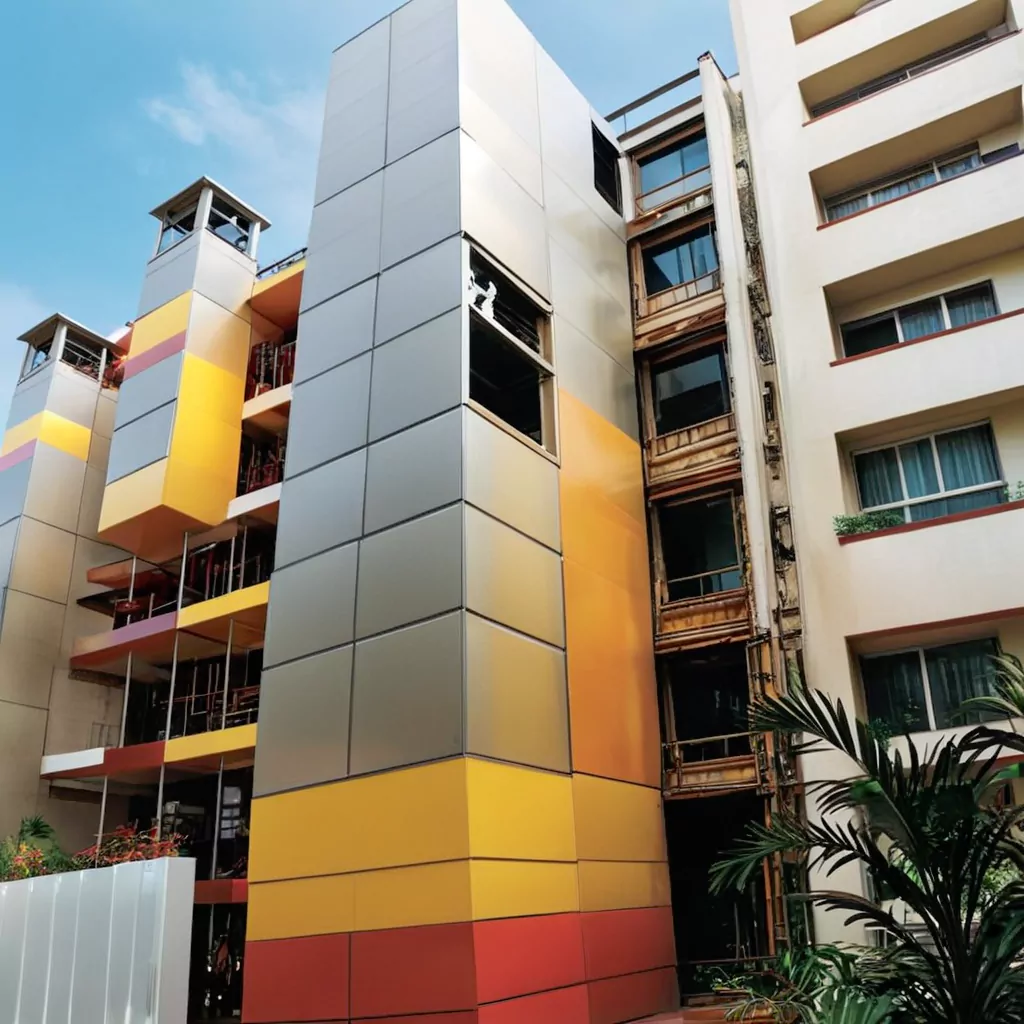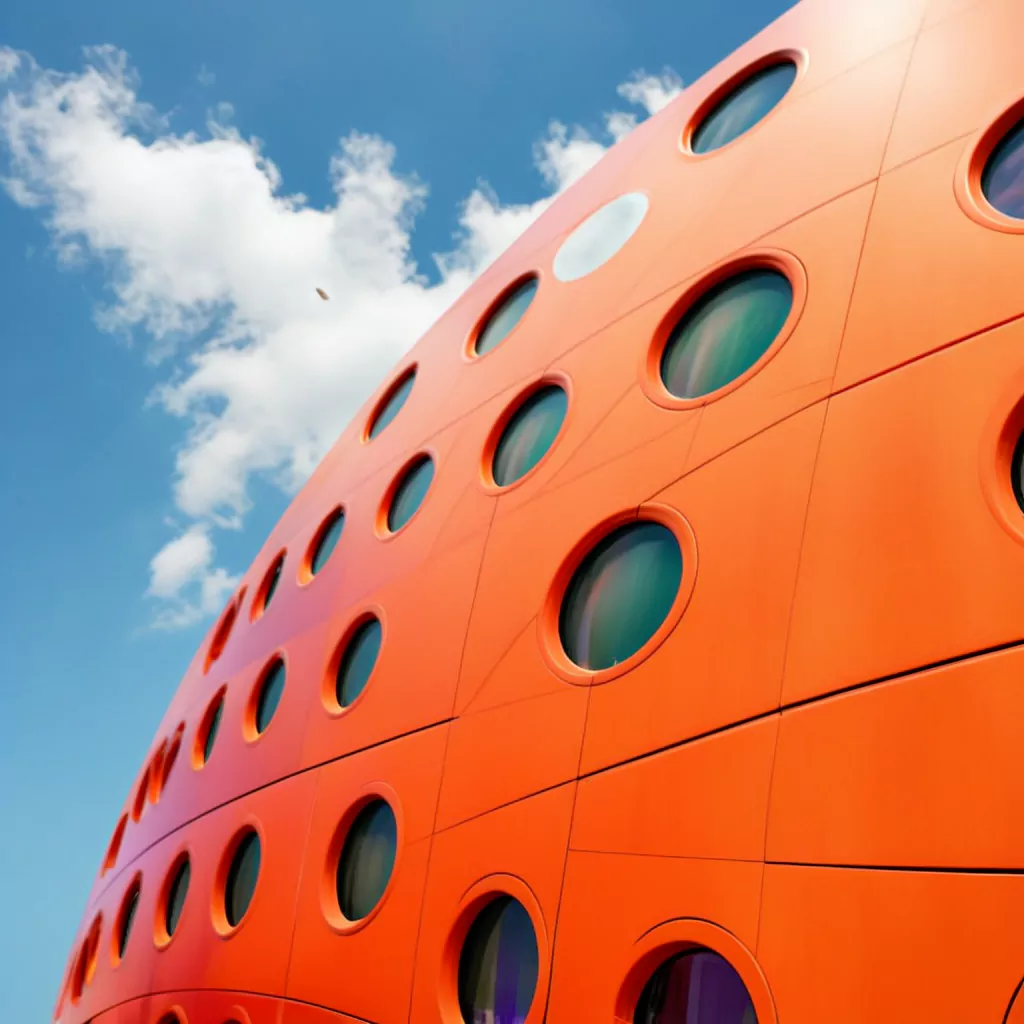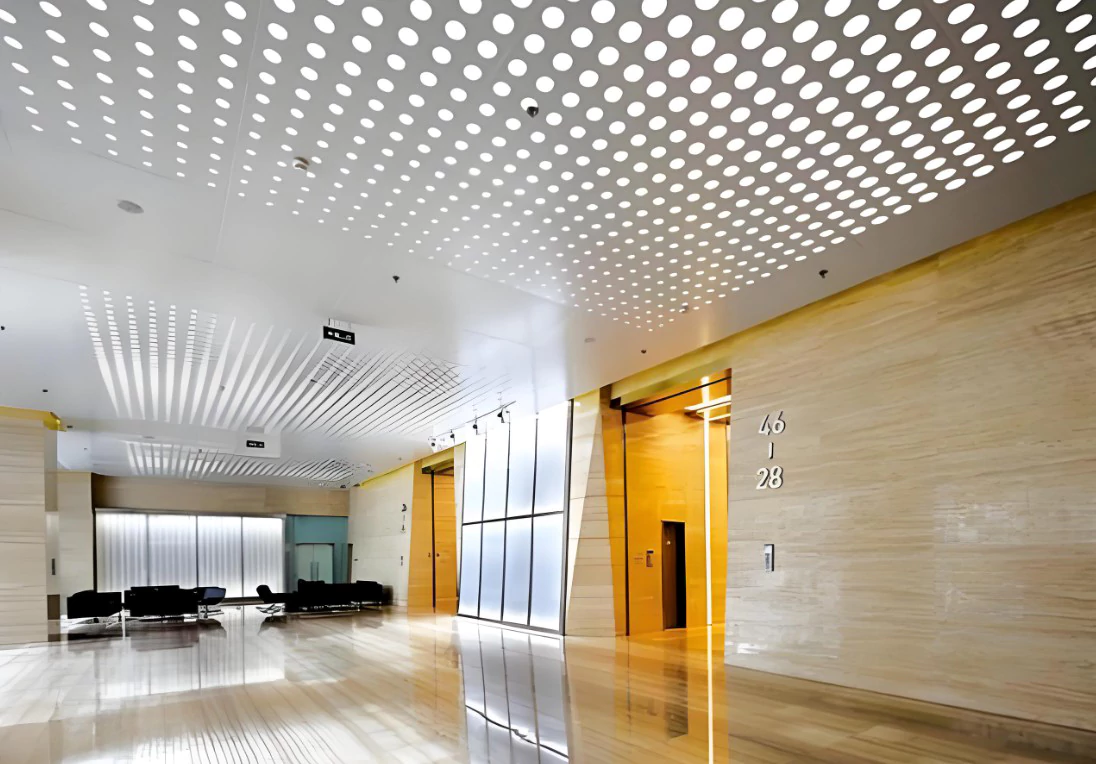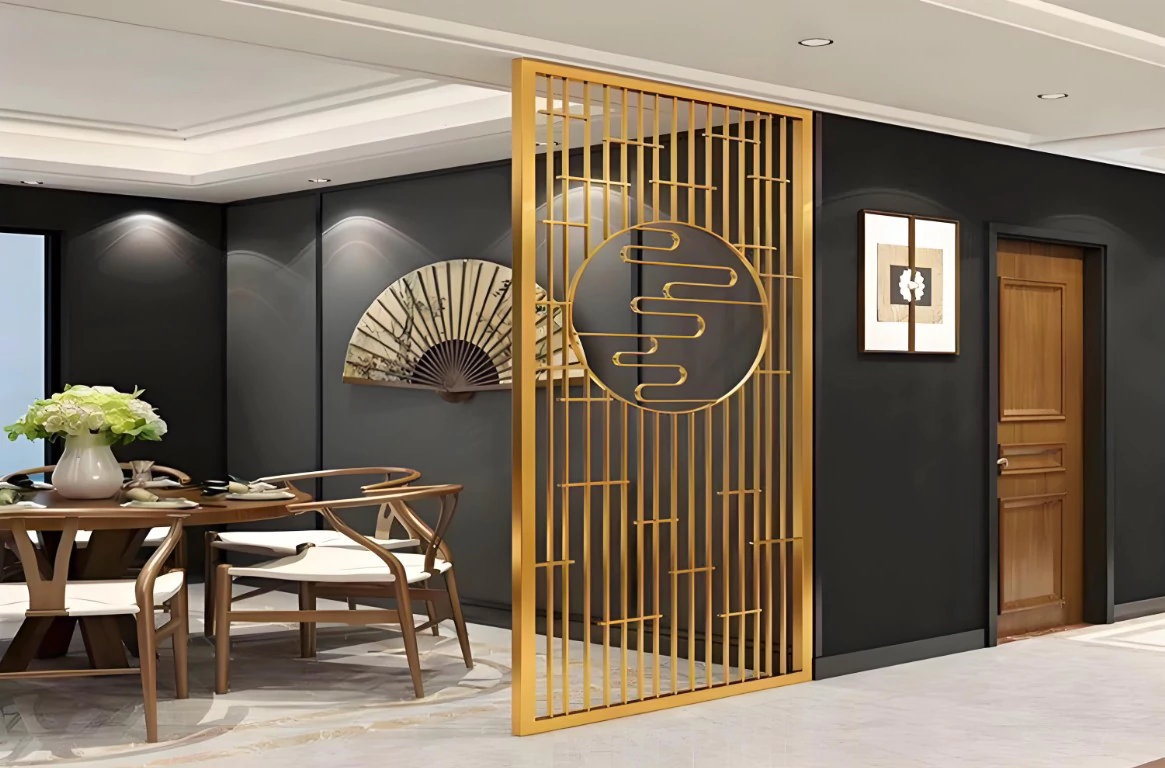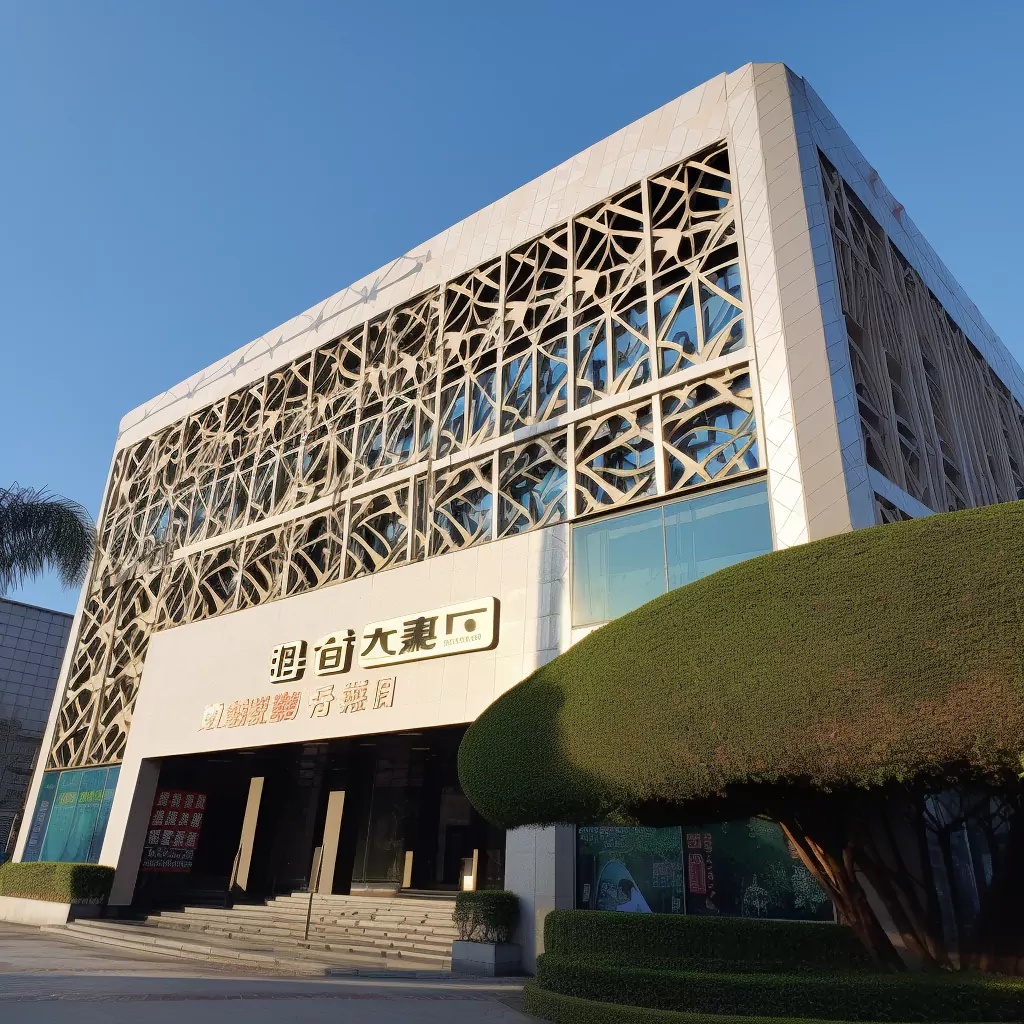In modern architectural design, the choice of materials has a vital impact on the beauty, durability and functionality of the building. Among them, aluminum veneer, as an emerging building material, has gradually become an indispensable choice for modern architecture with its unique advantages.
1. Lightweight and strength
The weight of aluminum veneer is about one-third that of traditional materials, which makes it more convenient during transportation and construction. Despite its light weight, aluminum veneer has excellent strength and rigidity and can withstand wind pressure and other external forces, ensuring the safety and stability of the building.
2. Excellent weather resistance
Aluminum veneer has good corrosion resistance and can withstand a variety of climatic conditions, including high temperature, humidity and ultraviolet radiation. Compared with other materials, aluminum veneers have a longer service life and require almost no maintenance, which can greatly reduce maintenance costs in the long run.
3. Rich surface treatment options
Aluminum veneer can provide rich visual effects through various surface treatments such as spraying, anodizing, and wood grain transfer. This diversity allows aluminum veneers to be perfectly combined with various architectural styles. From modern simplicity to classical styles, aluminum veneers can show unique beauty.
4. Environmental protection and recyclability
Aluminum veneer is a recyclable material with good environmental protection properties. During production and use, its impact on the environment is relatively small. Buildings using aluminum veneers are designed with sustainability in mind, which can improve the overall green rating of the building.
5. Sound insulation and thermal insulation performance
Aluminum veneers can be combined with thermal insulation materials during design to improve the thermal insulation performance of the building. At the same time, its structure also has a certain sound insulation effect, which can provide a comfortable environment inside the building. This is critical to the experience of living and working spaces.
6. Easy to process and install
Aluminum veneer has good processability and can be cut, bent and spliced according to design requirements. At the same time, its installation process is simple, shortening the construction period and reducing construction costs.

in conclusion
Aluminum veneer has become an indispensable material in modern architectural design due to its light weight, high strength, weather resistance, environmental protection and rich design options. As the construction industry continues to improve its requirements for material performance and environmental impact, the application prospects of aluminum veneers will be broader. For modern buildings that pursue quality and beauty, aluminum veneer is undoubtedly an ideal choice.

